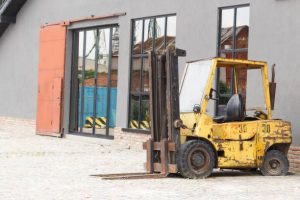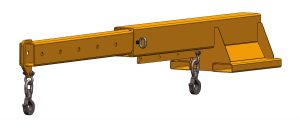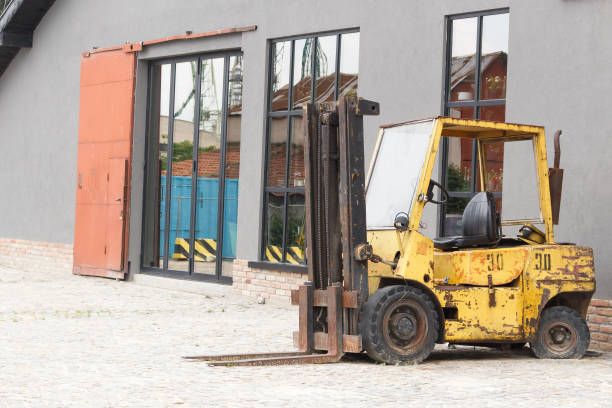Why a Reconditioned Forklift is often Better than New

Image courtesy of iStock by Getty Images – Photo by Artem Chekharin
The experts agree: A reconditioned forklift is better for your bottom line than a replacement forklift. That goes for all your material handling equipment, too.
Supply Chain Digest is an online magazine dedicated to the material handling industry. Editor Cliff Holste recently argued that It Costs Less to Update Equipment & Systems than Replace Them. While he wasn’t writing specifically about used forklifts, there were clear parallels in the information he presented. Using conveyor transportation and sorting systems as his example, Holste learned that:
Industry experts generally agree that with very little capital expenditure, you can increase the performance of older conveyor transportation and sorting systems by 10 to 20%.
How do you achieve this? First, weigh the performance capabilities of the system when it was in peak operating order against current performance, including downtime for maintenance and repairs. Then “develop corrective procedures” and embark on a regular maintenance program. These simple steps alone can improve productivity by 5 to 10 percent.
The implications of these findings for used forklift owners are clear. If the forklift is capable of operating at or near its capacity when new, reconditioning the forklift and keeping it maintained has cost benefits.
The article went on to recommend periodic “performance audits.” There comes a time when repair and maintenance costs tip the balance in favor of replacement, but replacing old for new equipment is not always the most prudent decision. If you can buy a reconditioned forklift at a fraction of the price of a new one and get years of faithful service out of it, it is better for your bottom line.
 Holste also mentioned retrofitting as another way to get the most out of older material handling equipment. In fact, retrofitting “can boost efficiency by 15-20% or more,” according to Holste. What retrofitting means in relation to a reconditioned forklift can be summed up in 2 words: forklift attachments. As members of the Bahrns Material Handling Equipment team, forklift attachment is a subject we are very familiar with. In fact, our sister site, forkliftaccessories.com specializes in nothing but forklift accessories and attachments. In a recent Forklift Accessories blog, When is a Forklift not a Forklift? we outlined several lift truck attachments that transformed an ordinary forklift into an extraordinary multi-purpose industrial truck.
Holste also mentioned retrofitting as another way to get the most out of older material handling equipment. In fact, retrofitting “can boost efficiency by 15-20% or more,” according to Holste. What retrofitting means in relation to a reconditioned forklift can be summed up in 2 words: forklift attachments. As members of the Bahrns Material Handling Equipment team, forklift attachment is a subject we are very familiar with. In fact, our sister site, forkliftaccessories.com specializes in nothing but forklift accessories and attachments. In a recent Forklift Accessories blog, When is a Forklift not a Forklift? we outlined several lift truck attachments that transformed an ordinary forklift into an extraordinary multi-purpose industrial truck.
Cliff Holste was enthusiastic about retrofitting old conveyor systems because the cost of a retrofit was “often less than 60% of new equipment cost.” In the case of retrofitting a used forklift with, say, a boom attachment, a forklift attachment that virtually transforms a forklift into a crane, the cost is minimal and even if infrequently used, the boom will be an invaluable accessory.
Will your used forklift pass a “performance audit”? If so, think about ways you can retrofit it to make it even more productive. If not, take a look at some used forklifts on our main site and find one that will pass the audit. While you’re there, compare different classes of forklifts. You may be overlooking a forklift that can perform even better in your working environment than the one you’ve got.
Of course, there are used forklifts and then there are very used forklifts. At reconditionedforklifts.com, we offer 3 forklift condition types to help our customers make informed decisions and save money, while at the same time knowing exactly what they are getting for their money. Read more About Reconditioned Forklifts Condition Types and make an informed decision when choosing a used or reconditioned forklift.

